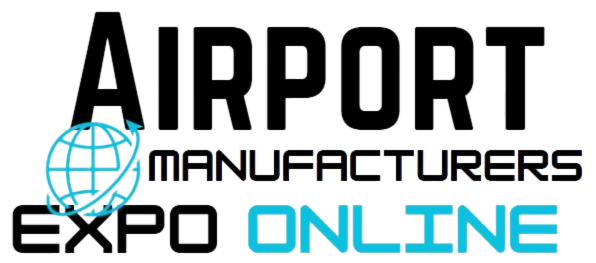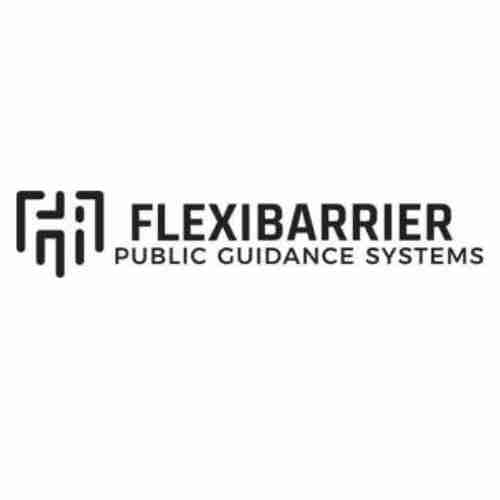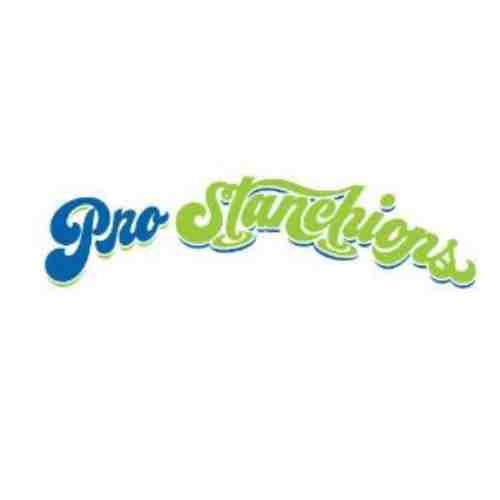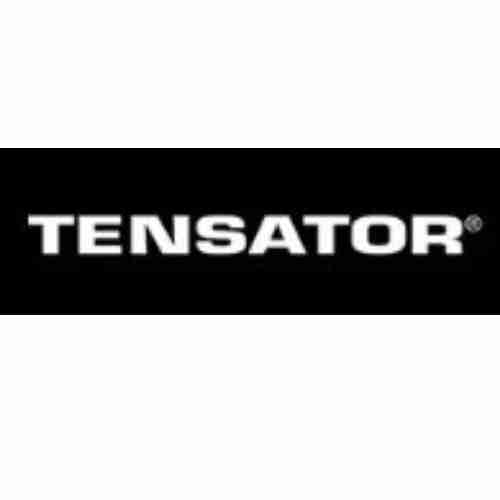Safety Barriers and Retractable Belt Stanchions in USA 2025
Imagine a bustling airport terminal. Passengers throng the space, a symphony of luggage wheels and hurried footsteps. Yet, amidst the apparent chaos, an invisible order reigns. Lines flow smoothly, security checkpoints are efficiently navigated, and designated walkways keep pedestrians and baggage carts safely apart. This orchestrated ballet of movement relies heavily on unsung heroes: airport safety barriers and retractable belt stanchions.
These seemingly simple tools play a crucial role in pedestrian control, ensuring a safe and efficient flow of traffic within the airport. But their significance extends far beyond the bustling terminal. Let’s delve deeper into the world of airport safety barriers and retractable belt stanchions in the USA, exploring their applications, regulations, and the ever-evolving trends shaping their use in 2024.
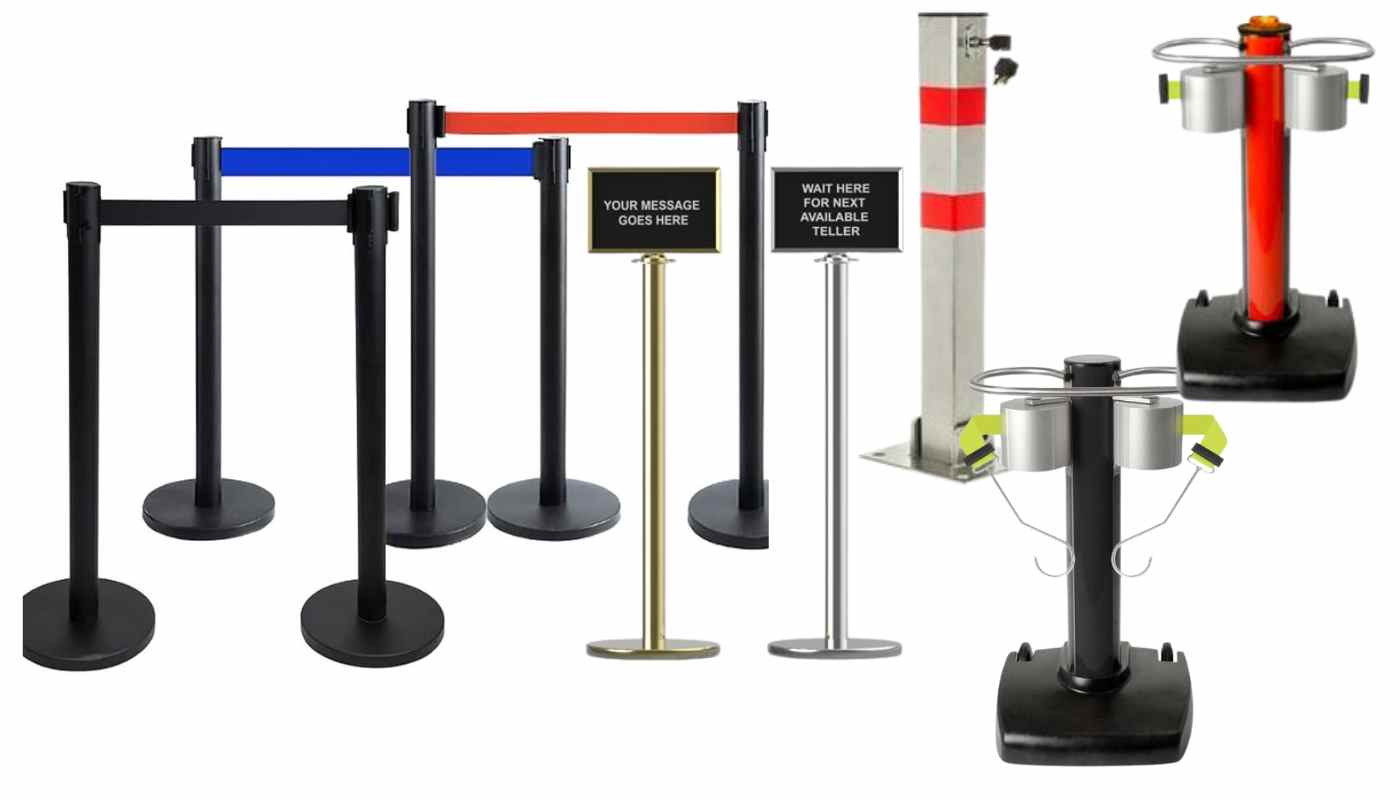
Types of Airport Safety Barriers and Stanchions
Airport safety takes many forms, and the choice of barrier system depends on the specific need. Here’s a breakdown of the most common types:
- Retractable Belt Stanchions: These versatile workhorses are the ubiquitous red (or sometimes yellow) posts with webbing belts that section off areas, guide queues, and create designated walking paths. Their retractable nature allows for easy deployment and rearrangement.
- Safety Stanchions: These sturdy posts, often made of steel or plastic, provide a more permanent barrier solution. They might be used to cordon off restricted areas, secure baggage carousels, or separate passenger walkways from service areas.
- Crowd Control Barriers: These interlocking, free-standing barriers are ideal for creating temporary enclosures, managing large crowds during peak hours, or directing passengers towards specific gates.
These barriers work in tandem with queue management systems, which can be as simple as a series of stanchions and belts or as elaborate as digital signage integrated with queue tracking software.
USA Safety Regulations
The safety of passengers and airport personnel is paramount. In the USA, several federal regulations govern the use of airport safety barriers and stanchions. The primary authority lies with the Federal Aviation Administration (FAA), which sets forth guidelines in the Federal Aviation Regulations (FAR). These regulations cover aspects like:
- Placement and visibility of barriers: Stanchions and belts must be positioned strategically to ensure clear visibility and prevent accidental collisions.
- Material and construction: Barriers need to be robust enough to withstand accidental contact and resist tipping over.
- Fire safety: Materials used in barriers must comply with fire safety regulations.
- Accessibility: The Americans with Disabilities Act (ADA) mandates that all barriers allow for easy access for people with disabilities. This includes features like lowered sections for wheelchairs and clear signage.
These regulations are constantly reviewed and updated to reflect evolving safety needs and best practices.
Safety Barrier and Stanchion Manufacturers in the USA
The USA boasts a robust market for safety barrier and stanchion manufacturers. These companies play a vital role in developing innovative solutions that meet the specific demands of airports and other high-traffic environments. Here are some key considerations when choosing a manufacturer:
- Product range: Look for a manufacturer that offers a variety of barrier and stanchion options to suit your specific needs.
- Durability and quality: Ensure the products are built to last, using high-quality materials and robust construction techniques.
- Compliance with regulations: Verify that the barriers and stanchions comply with relevant safety regulations, including the FAA’s FAR and ADA guidelines.
- Customization options: Some manufacturers offer customization options such as colored belts, logo branding, and integrated signage for a more tailored solution.
By partnering with a reputable manufacturer, airports can ensure they have the right tools to maintain a safe and efficient environment for passengers and staff.
The Diverse Applications of Safety Barriers and Stanchions
While airports are a prime example, safety barriers and retractable belt stanchions have a much wider range of applications in the USA. Here are just a few:
- Construction sites: These barriers cordon off hazardous areas, prevent unauthorized access, and ensure worker safety.
- Factories and warehouses: They separate walkways from work areas, control access to restricted zones, and prevent accidents involving machinery.
- Retail stores: Stanchions guide customers through checkout lines, manage crowds during sales, and create designated queuing areas.
- Event venues: Barriers create secure perimeters, control crowd flow, and separate VIP sections from general admission areas.
The versatility of these solutions makes them invaluable tools for maintaining order and safety in a wide range of environments.
FAQs
What are the different types of airport safety barriers?
Airports use a combination of retractable belt stanchions for queues and walkways, sturdy safety stanchions for permanent barriers, and interlocking crowd control barriers for managing large crowds.
Do airport safety barriers need to follow specific regulations?
Absolutely! The Federal Aviation Administration (FAA) sets guidelines in the Federal Aviation Regulations (FAR) for barrier placement, material, fire safety, and accessibility compliance with the Americans with Disabilities Act (ADA).
Where can I find reputable safety barrier and stanchion manufacturers in the USA?
The USA boasts a strong market for these manufacturers. Look for companies offering a variety of products, high-quality materials, compliance with FAA and ADA regulations, and potential customization options.
